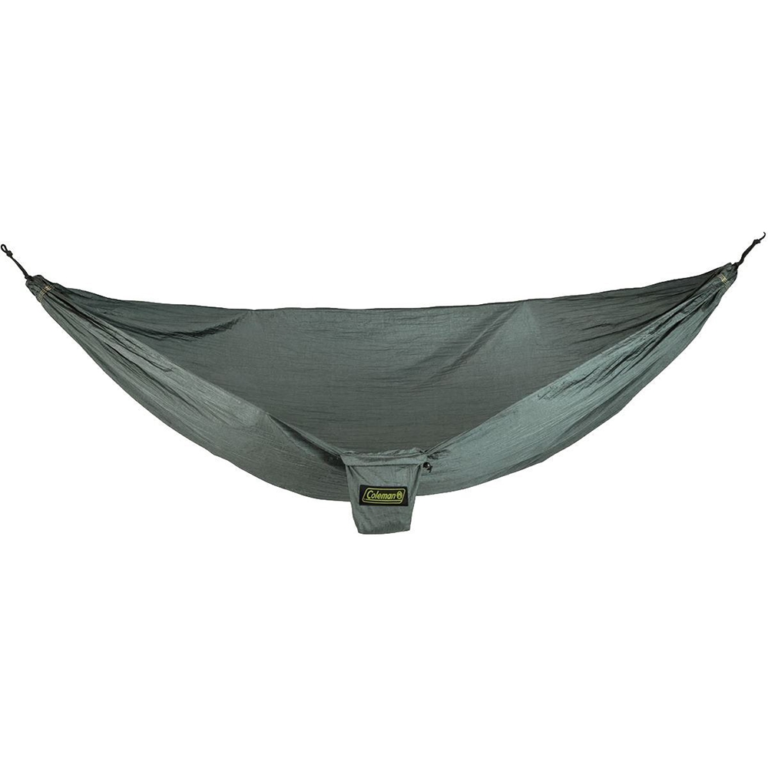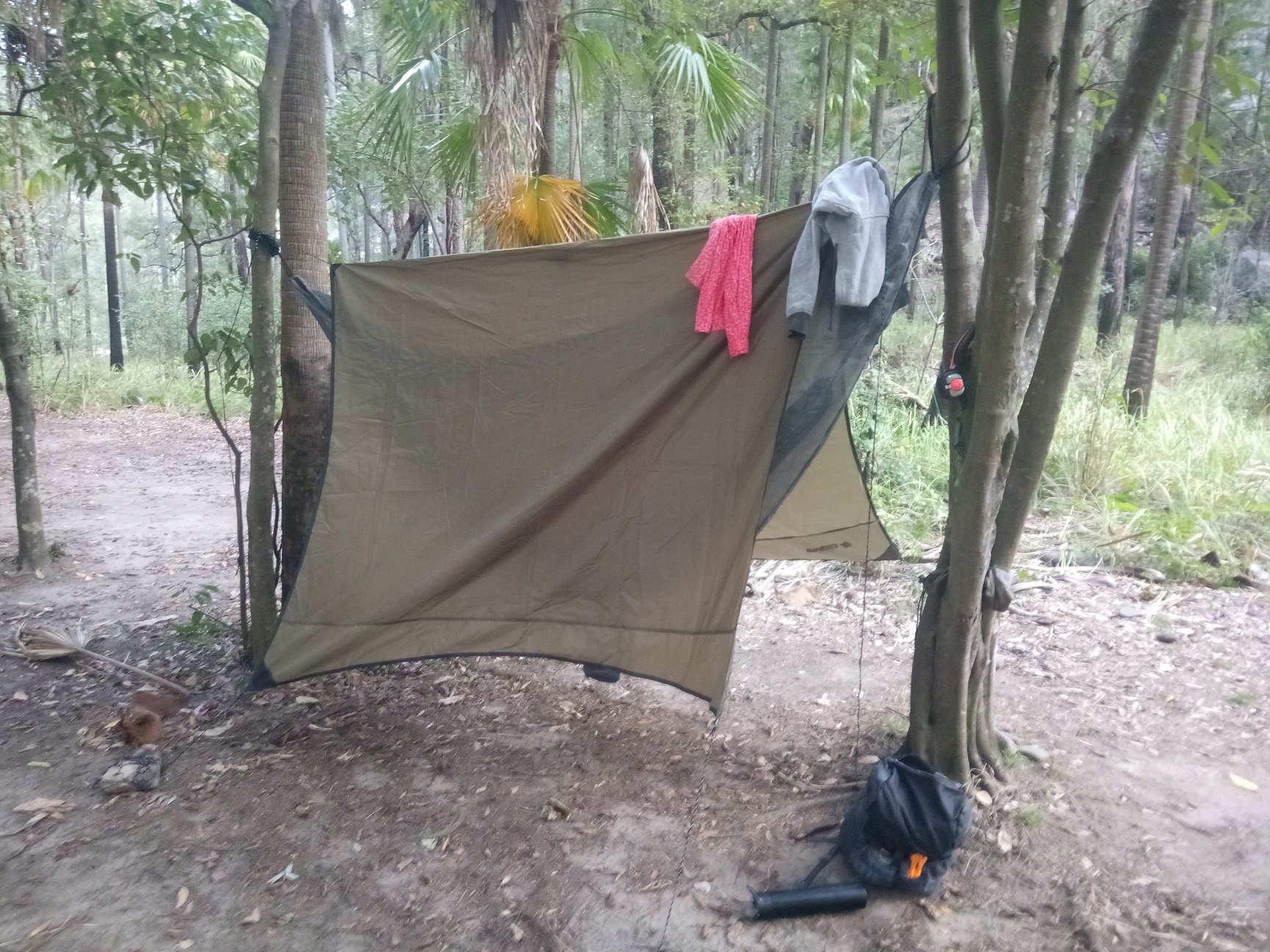Hammock camping is a great way to enjoy the outdoors, and it can be a lot more lightweight and comfortable than traditional tent camping. If you’re looking for a way to lighten your load and get closer to nature, hammock camping is a great option.
Here is a lightweight and comfortable hammock camping setup that I use:
- Hammock: The Coleman Camping Hammock is a lightweight and affordable hammock that is perfect for backpacking. It weighs just 310g and packs down to a small size.
- Bug Net: The Equip Bug Net is a lightweight and durable bug net that will keep you protected from bugs and mosquitoes. It weighs just 340g and attaches over your hammock.
- Tarp: The OzTrail Hiker Fly is a lightweight and waterproof tarp that will keep you dry in the rain. It weighs 900g with tent pegs, or 780g without. Use guylines and a ridgeline to keep it taut and prevent it from flapping in the wind.

This combo is quick and easy to set up and take down, and it weighs just 1.5kg combined. It is also comfortable to sleep in, and you’re off the ground, which can be helpful for avoiding wet ground and critters.
“What do you do when it rains?”
I’ve found that this set-up works incredibly well during a deluge, even with wind blowing in almost sideways. The tarp is large enough to cover the hammock and your gear, and the guylines help to keep it taut and prevent it from flapping in the wind.
Here are some tips if you’re concerned about rain:
- Pitch your tarp first. This will keep your hammock and gear dry while you’re setting up camp.
- Use a ridgeline. A ridgeline is a line that runs above your hammock, and it helps to keep your tarp taut and prevent it from flapping in the wind.
- Secure your tarp with guylines. Guylines are ropes that attach your tarp to stakes or trees. They help to keep your tarp in place in windy conditions.
- Hang your gear under your tarp. This will keep your gear dry and away from critters.
“What if there are no trees?”
That was my initial concern when I first started hammock camping. However, I quickly realized that there are many ways to set up a hammock even in areas without trees.
One option is to use a couple of sticks or tent poles to prop up the hammock. This will create a bivy bag-style setup. I like to lay a space blanket down as a moisture barrier underneath and then add some saddle blankets on top for a bit of cushioning.
There are also many good videos on YouTube that demonstrate different ways to set up a hammock in areas without trees. I’ve shared an example below.
https://www.youtube.com/watch?v=JIPCNU-WJns
With a lightweight and comfortable hammock camping setup such as this, you too can enjoy the outdoors without sacrificing comfort or weight.

